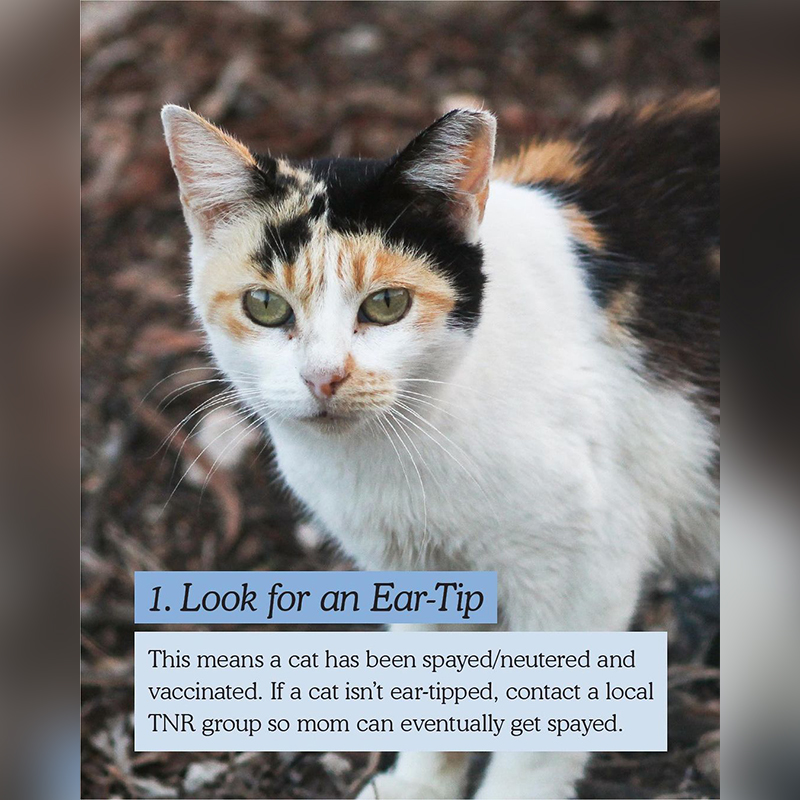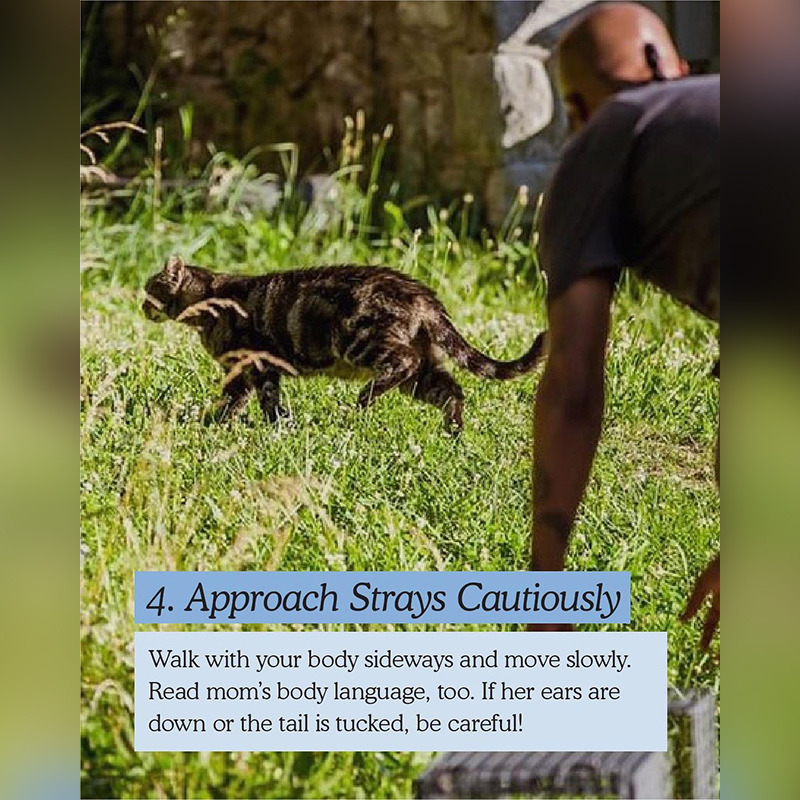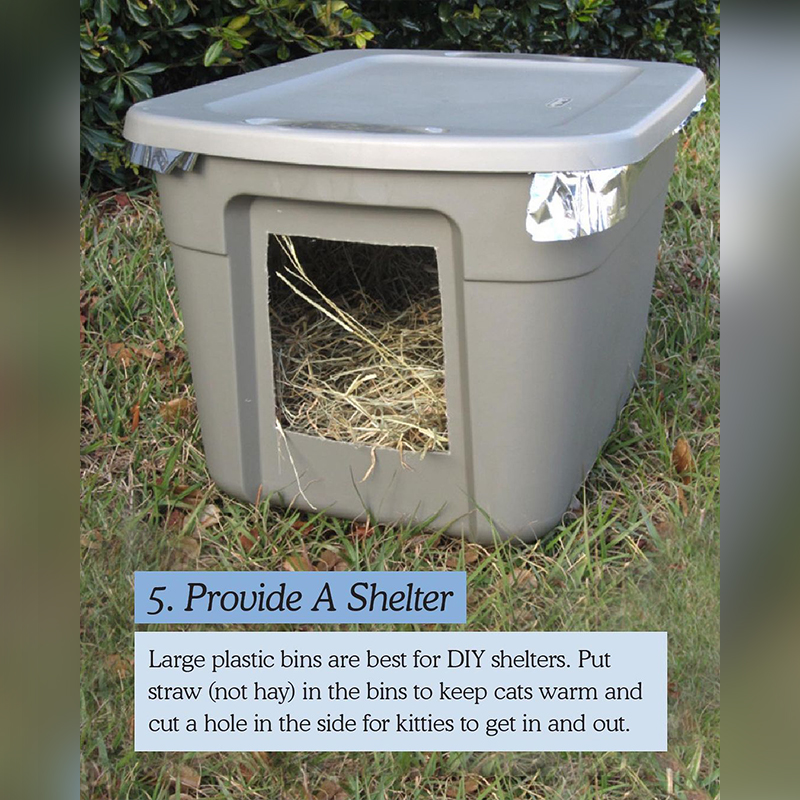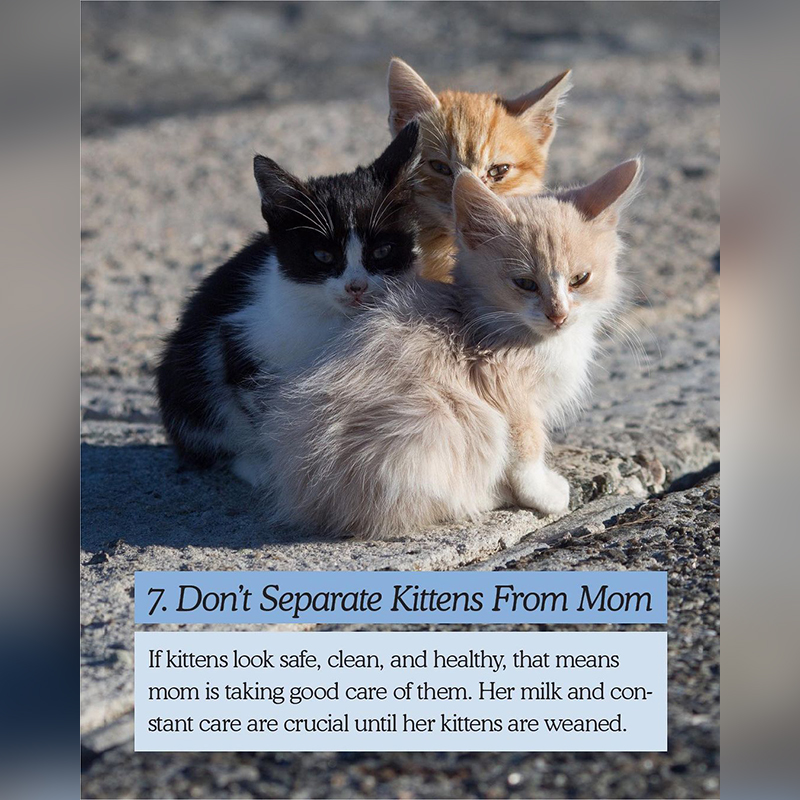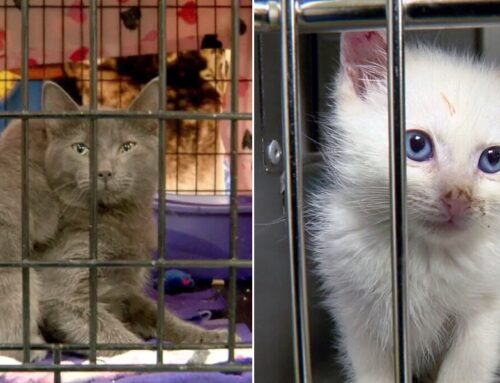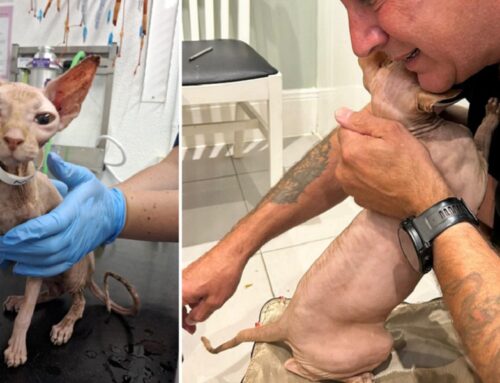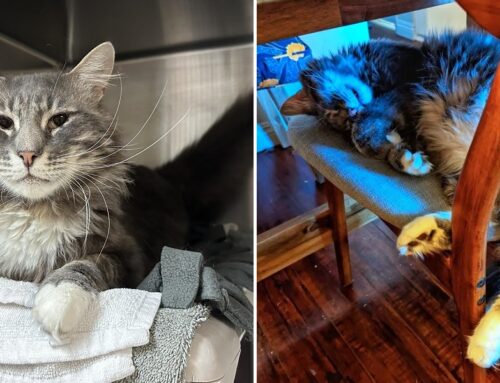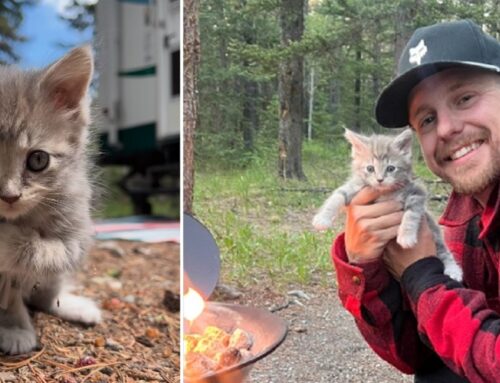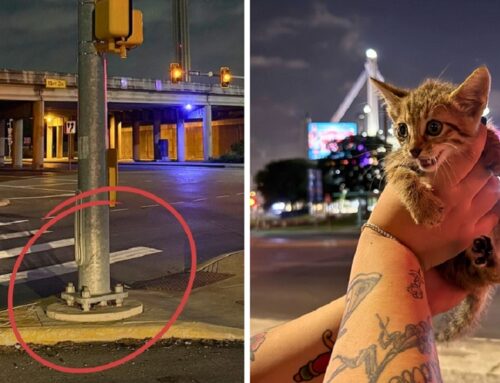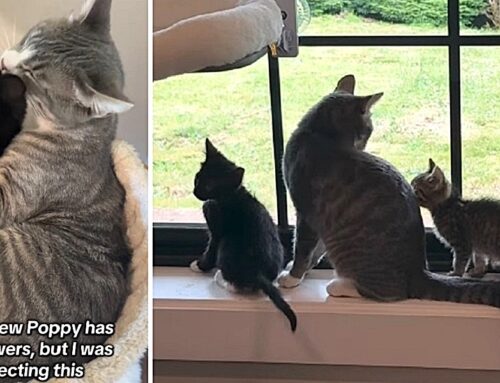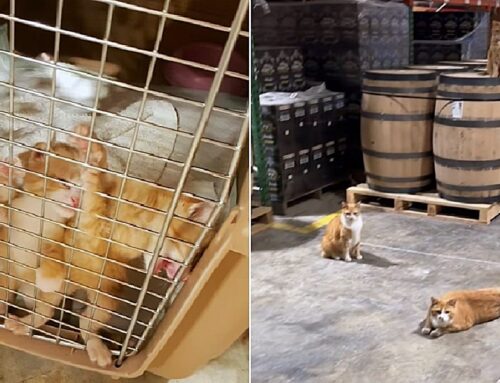Cat specialists at Cat Person shared the first installment of what they dubbed “Ask An Expurrt” with Sterling ‘TrapKing’ Davis. We think you’ll find the topic is an important one for anybody who wants to help feral cats, particularly during ‘kitten season’.
As you know, springtime is when shelters and rescues are overrun with kittens and mama cats that need rescue. Often, they are in dangerous situations and need immediate care. Many times, kittens are abandoned and require round-the-clock bottle-feeding. Too often, cats and kittens require immediate veterinary intervention with all the associated time and high costs.
However, it doesn’t have to be this way, and through TNR (trap, neuter, return) programs, rescuers can greatly reduce the numbers needing help in the first place.
Sterling Advice for Helping Stray Cat Families
Addressing the springtime influx, the topic is:
“How can I help stray cat families during Kitten Season?”
To answer the questions, Sterling “Trap King” Davis shares 6 easy tips to help during the “yearly kitten boom.”

Images via Instagram/Cat Person
Universal Sign for Spayed and Neutered Feral Cat
To help rescuers know when a feral cat has been spayed or neutered, they leave a tell-tale sign called “eartipping.”
The universal sign for vets and rescuers is removing about a centimeter from the left ear in a straight line cut. The custom may be the right ear in other places, like the West Coast.
Don’t worry; it’s done when the cat is anesthetized and is painless, safe, and most effective. So, if you see a cat with one ear tip cut at a straight angle, chances are it has been spayed or neutered and vaccinated. That way, rescuers may avoid the need to trap a cat again. Or, if the cat shows up in a shelter, they will know the cat may come from a cared-for colony.
Gain Mama Cat’s Trust – with Food!
As Sterling notes, cats are smart and will generally be gone in a flash if they sense any danger. However, mama cats will be laser-focused on finding food to feed their babies.
It’s a no-brainer to offer the mother food, slowly building trust. Once you win over the mother, the kittens will follow.
Sterling Advice for the Right Food
Sterling TrapKing Davis, an ex-rapper turned cat trapper/rescuer, appeared on the Netflix series Cat People. After years of TNR efforts in Atlant, he’s been helping the movement grow, even overseas in Greece.
As an experienced rescuer, he suggests feeding high-protein, low-carb wet foods. In case the cats have dental issues, which is common in feral situations, soft pate helps them chew.
Approach Strays Cautiously
Do you know how to communicate with a cat using body language? And, do you know when a cat is telling you to back off? Well, these are things one learns with years of experience. Even then, you can misread a feral cat’s signals. Therefore, it pays to be cautious and keep a healthy distance.
Sometimes, cats will always remain feral, despite efforts over many years. On the other hand, cats that nobody thought would adjust to life in a home can surprise people and become lapcats.
People who care for colonies know each cat is different and their boundaries to develop a trusting relationship over months and sometimes many years.
What the Hay?
Next, Sterling shows a DIY shelter made from a plastic bin. Likewise, we have shared instructions with a helpful video to make it easy.
One thing that may not make immediate sense is why it’s better to use straw instead of hay. Many times, people use these words interchangeably. While hay is a combination of various plants harvested for cattle and horses, straw is a byproduct of harvesting a grain like wheat. So, it tends to be higher quality and less contaminated with weeds.
In general, hay will soak up moisture more than straw and then get moldy. Similarly, old towels and blankets will also hold the moisture, so they aren’t good for insulating a cat shelter.
Contact a Local TNR Group
Next, Sterling suggests contacting the pros if you are concerned about feral cats in your area. They will have access to the needed equipment and have mad skills in how to approach cats in all kinds of settings and circumstances.
One way to find them is to call your local veterinarian or Humane Society, who may work with area TNR groups (or point you in the right direction). There’s also a searchable national database at the FIXfinder Database.
Keeping Kittens with Mama
Lastly, it’s generally best to keep a litter of well-cared-for kittens with their mama wherever possible. People often think the mother is missing, but she’s nearby and will soon return.
As Sterling Davis shares here, when the kittens look well-cared for, mama is almost certainly nearby. If you separate them, the kittens may need round-the-clock care and miss out on nutrition, cleaning, bonding, and socializing only a mom provides.
Whenever possible, rescuers try their best to keep mama and her babies together until kittens are weaned (usually from six to eight weeks of age).
For more, you can follow our friend Sterling TrapKING Davis on Instagram, Facebook, and YouTube. You can also follow Cat Person to see their Ask An Expurrt series.



